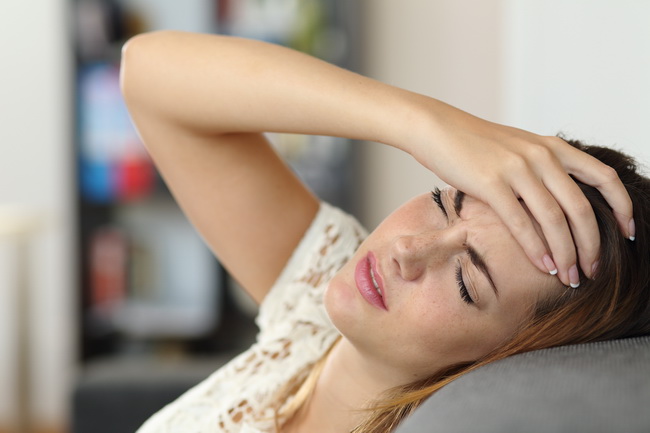- Make It Yourself Lavender Heart-Shaped Bath Bombs!
- 20 Things You Never Knew About “Down There”
- 12 Best Foods For Those Suffering From Arthritis Pain
- 12 Personal Hygiene Mistakes Almost Everyone Makes (Mom Never Told You About #4!)
- 15 Medicinal Plants And Herbs From The Cherokee People
- 12 Mind-Blowing Benefits Of Drinking Coconut Water During Pregnancy
- 12 Outstanding Winter Foods That Won’t Fatten You Up Like A Christmas Turkey
The Health Benefits Of Licorice You Have Never Heard Of!

Photo credit: bigstock.com
How should I use licorice, and what is the proper dosage?
According to guidelines from the World Health Organization, 75 milligrams per day is the maximum amount of licorice that should be consumed per day, and licorice extract consumption should not exceed 30 milligrams daily.
Why? Too much of anything is a problem, and licorice is no exception. Excessive licorice consumption can lead to headaches, elevated blood pressure, and decreased levels of potassium in the body. Individuals who have hypertension (high blood pressure) should avoid licorice, and the Food and Drug Administration (FDA) in the United States recommends that pregnant and nursing women avoid consuming licorice.
Researchers at the University of Maryland Medical Center recommend not using licorice for any medicinal purpose for longer than four to six weeks. Licorice should not be used as a substitute for the opinion of a qualified doctor or medical professional.
Licorice is often sold in powdered form, and is usually available at health food stores. Remember to measure out the dosage properly.
Alternatively, you can purchase liquid licorice extract. (This is often how licorice flavor is added to soda, candy, and other foods.) Be sure to abide by the 30 milligram rule, as the extract is much more concentrated than the powder.
RESD ALSO: Onions: Nutritional Facts And Health Benefits Video
Finally, you can also try using “DGL,” or deglycyrrhizinated licorice. This is a licorice supplement with almost all the glycyrrhizin compound removed. This prevents many of the side effects, and dramatically lower the risk of overdosing. Be sure to follow dosage directions on the label.
References:
































